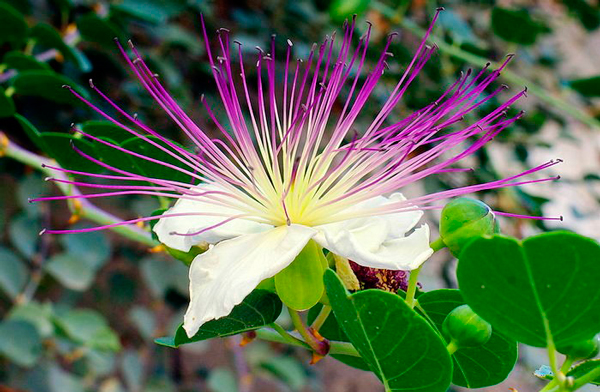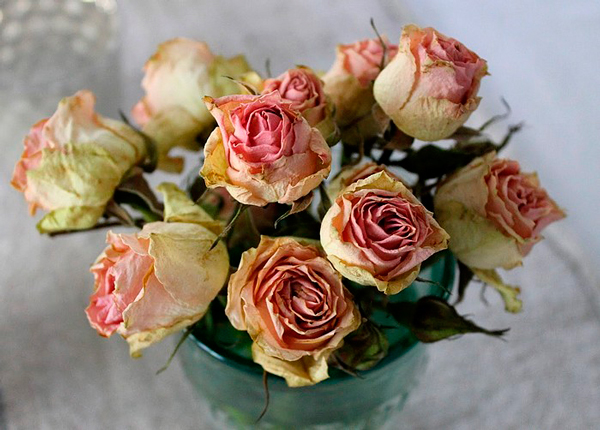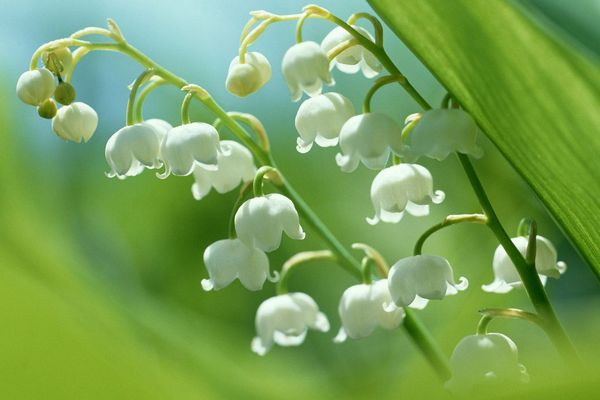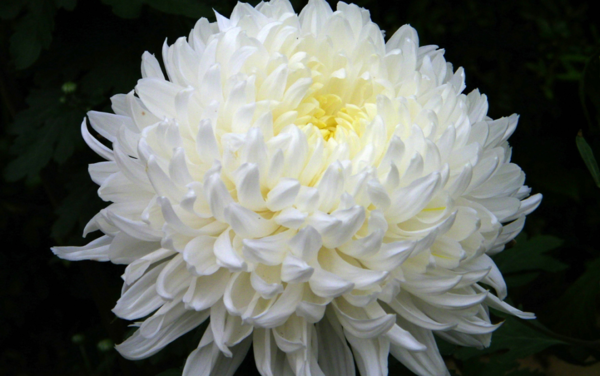Rules for making flower arrangements
 Flowers accompanied a person throughout his life. Mankind has dedicated a huge number of legends, songs, poems, and paintings to flowers. It is hard to imagine our gardens without a riot of colors, shapes, subtle smells. Breeders tirelessly work on creating new varieties, and flower shop shelves are bursting with tender and capricious goods. Without flowers, it’s hard to imagine an anniversary, a wedding or a holiday. And, perhaps, there is not a single country in the world that would not use flowers at official and festive events.
Flowers accompanied a person throughout his life. Mankind has dedicated a huge number of legends, songs, poems, and paintings to flowers. It is hard to imagine our gardens without a riot of colors, shapes, subtle smells. Breeders tirelessly work on creating new varieties, and flower shop shelves are bursting with tender and capricious goods. Without flowers, it’s hard to imagine an anniversary, a wedding or a holiday. And, perhaps, there is not a single country in the world that would not use flowers at official and festive events.
True love for flowers, their charm, fragility, perfection, forced mankind to establish a whole science of creating works of art from living flowers. This science is called floristry.
When you visit a floristic salon or simply admire photographs of works by famous florists, you cannot help but admire the flight of fantasy, the refined, impeccable taste of flower masters. How can you create a masterpiece with the help of simple techniques lying on the surface, cutting off everything superfluous? And is it possible for a simple person to do something that is at least remotely similar to this floral miracle?
Surprisingly, the answer will be: “Yes, maybe.” Without a doubt, to create a beautiful composition of flowers, you need inspiration and a bit of artistic talent. But floristry has its own strict laws, only a few units are decided to deviate from. And people who do not claim to be universally recognized, but really want to learn how to make bouquets at home, can learn the basic rules of floristry. They are uncomplicated, and there are few of them – only seven. After reading the article to the end, you yourself will see that to master the simple rules for making bouquets for everyone on the shoulder.
Rule number 1. Design
Any creative work carries an idea. Flower arrangements are no exception to this rule. Like all material objects, they are three-dimensional, that is, they have a width, height and depth. Before creating a composition, the master draws in imagination its volumetric projection and, starting from it, starts to work.
Rule number 2. The Golden Section
That is the “golden section” used in architecture, sculpture, painting. Its principle is that an object, for example, a bouquet, is mentally divided into eight equal segments, of which five are the height of the bouquet, and three are a vessel or basket. This rule applies to both vertical and horizontal objects.
Rule number 3. Accent
Each work has a main point that attracts the eye. In floristry, this can be a flower contrasting with the main background, which allows you to remember this work for a long time.
Rule number 4. Rhythm
This technique does not allow the work to look static. It is achieved with the help of a variety of color plants, their size and species.
Rule number 5. Equilibrium
Using color, you can give the bouquet a visual lightness or heaviness. The lighter and narrower the shape of the flower, the easier it seems. And vice versa. Based on this principle, we mentally draw a pyramid, at the base of which, for stability, are the darkest and most lush flowers, and at the top – light and small.
Rule number 6. Harmony
Not a single beautiful flower arrangement is complete without it. If a composition cuts its eyes with its motley coloring, poorly thought out selection of colors – it is inharmonious.
Rule number 7. Color palette
The basis of this rule is restraint and once again restraint. Because it depends on her what you will create: a tasteless craft or an exquisite creation. Color can kill the composition or save it. For the correct selection of shades that are compatible with each other, a well-known circle of contrasts is taken with the seven colors applied to it in the following sequence: red, orange, yellow, green, blue, blue, purple. Their combinations are of three types. Contrast – colors that are in a circle against each other. Characteristic – colors located across one sector of the circle. Disharmonious – colors that are adjacent to each other. Neutral are white, green, gray. Each composition uses no more than three colors, not counting neutral ones. If you are not very sure that you will choose the colors in the composition, use the win-win option – a combination of the shades of one paint.
Following these simple rules and summoning your imagination to help, you can safely do interesting work!




